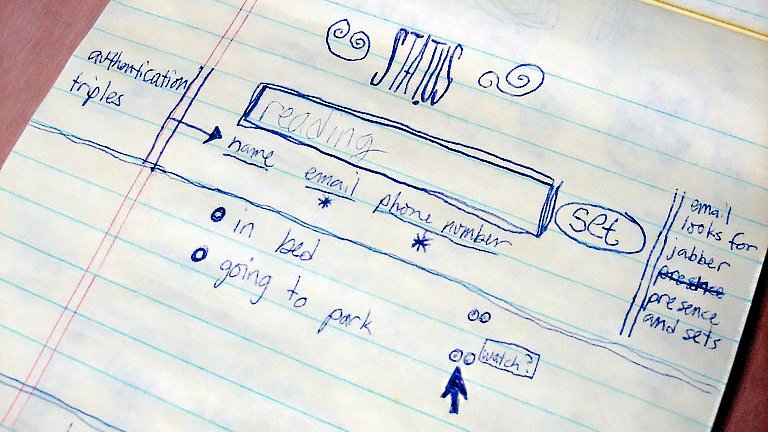Using Twitter as a lens for some thoughts on launching products
This week, several people have asked me whether I’m ‘nervous’ about the first test of MoodleNet, a new open social media platform for educators, focussed on professional development and open content. We’ve invited 100 people (50 English testers, 50 Spanish) to have a look and give us some feedback over a three-week period starting from next Tuesday.
To answer their question: no, I’m not. That’s not because of arrogance or misplaced optimism, it’s because of something that Baltasar Gracián talks about in The Pocket Oracle and Art of Prudence, a book I read from every morning:
Don’t arouse excessive expectations from the start. Everything initially highly praised is commonly discredited when it subsequently fails to live up to expectation. Reality can never match our expectations, because it’s easy to imagine perfection, and very difficult to achieve it. Imagination weds desire and then conceives things far greater than they actually are… Good beginnings serve to arouse curiosity, not to guarantee the outcome. Things turn out better when the reality exceeds our initial idea and is greater than we anticipated. (Baltasar Gracián)
I think we could sum that up with ‘managing expectations’. It’s kind of the opposite of Silicon Valley hype, and useful when you’re developing a product for the long-term.
Talking of Silicon Valley, let’s have a quick look at what Twitter looked like when it launched (start at 09:05):
They were testing a value proposition, something like: “Do people want to tell the world what they’re up to in text-message sized updates?”
The answer, of course, turned out to be in the affirmative. But it took a while. I joined Twitter in February 2007, a few months after it launched. I loved it and, as I was teaching at the time, ran Twitter workshops for my colleagues. Most of them appreciated my enthusiasm, but didn’t think it would catch on.
Twitter took about five years to go mainstream. Here’s a potted history of that time period from the Buffer blog:
- July 2006: ‘Twttr’ is available to the public
- October 2006: Sign up for Twitter without your phone number
- May 2007: You can block others and Twitter gets a mobile site
- May 2007: Twitter gets an @replies column
- August 2007: Twitter Profile Search goes live
- September 2007: Tracking Twitter alias #Hashtags goes live
- September 2008: Twitter gets Trending Topics
- March 2009: Twitter introduces “Suggested Users”
- October 2009: Twitter launches Twitter Lists
- November 2009: Twitter unveils the new native RT function
- March 2010: You can now add your location to your Tweets
- April 2010: Twitter launches “Promoted Tweets”
- September 2010: Twitter introduces the “New Twitter”
- June 2011: Twitter launches its own link shortening service
So let’s just stand back and look at this for a moment. The functionality that we would say was pretty core to Twitter took a good while to roll out. Another interesting fact, not really highlighted in the Buffer post, is that many of these involved Twitter responding to what users were doing or had invented.
For example, people were using ‘RT’ to manually retweet posts way before November 2009. Meanwhile, hashtags were an invention of Chris Messina, and initially rejected by Twitter as too nerdy. Users who like what you’re trying to achieve will help you reach that goal.
Before Twitter became a publicly-traded company in 2013 it was much more focused on the ecosystem it was creating. One of the best things about early Twitter was that there was a huge range of clients you could use to access the service. In fact, the ‘pull-to-refresh‘ functionality that’s in almost every mobile app these days was invented by a third-party Twitter client.
Returning to MoodleNet, the reason it’s taken a year to get to this point is because of all of the preparation we’ve done, and all of the other kinds of testing we’ve done up to this point. So this is just the next step in a long journey.
Our value proposition is: “Do educators want to join communities to curate collections of resources?” The answer might be negative. In that case, we’ll go back to the drawing board. My hunch, though, borne out through tens of hours of conversation and experimentation, is that there’s something in this, and it’s worth pursuing.
All in all, I’m excited about this next step and looking forward to getting user feedback on the fantastic work my team have done.
Image: sketch of early Twitter taken from a 2018 tweet

